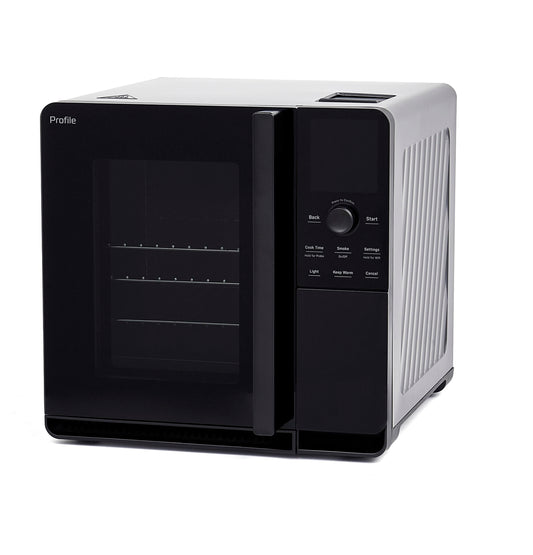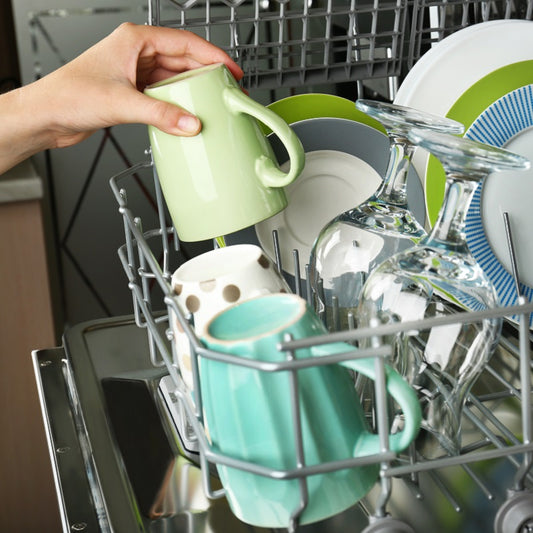There's something about cooking outdoors that just feels right. Maybe it's the fresh air, the open space, or the smoky flavor that gas grilling imparts to food. No wonder gas grills, including both natural gas grills and propane grills, have soared in popularity. However, knowing how to use a gas grill effectively and safely is paramount to ensure every barbecue session is both enjoyable and delicious. Whether you're gearing up for a summer full of barbecues or just looking to perfect your weekend grilling game, understanding the ins and outs of your gas grill is key to making the most of this beloved cooking method.
Choosing the Right Gas Grill
Selecting the ideal gas grill is a crucial decision that affects not only the flavor of your food but also the overall experience of outdoor cooking. With a variety of options available, understanding the different types of outdoor grills and their features is essential to make an informed choice. From casual family cookouts to elaborate weekend barbecues, the right gas grill can elevate any outdoor dining experience, making it a centerpiece of your backyard or patio.
Types of Gas Grills
The choice between a propane grill vs. a natural gas grill usually boils down to convenience and portability. Propane grills are favored for their ease of setup and ability to move around, while natural gas grills offer the convenience of a constant fuel supply without the need to replace tanks. Consider how often you grill and whether you need the flexibility to move your grill around, which is a significant factor for those who enjoy varied grilling environments or have limited space.
Key Features
When shopping for a gas grill, look for durable materials like stainless steel, which can withstand harsh weather conditions. Consider grills with reliable heat controls and a generous cooking surface to accommodate different types of food. Additional features like side burners for sauces and a rotisserie kit can further enhance your grilling experience, making it easier to cook complex meals and diversify your menu.

Setting Up Your Gas Grill
Embarking on the journey of gas grilling starts with setting up your grill the right way. A proper setup not only ensures safety but also enhances the overall cooking experience. Whether you're a novice or a seasoned griller, taking the time to set up your grill correctly is a crucial step that shouldn't be overlooked.
Assembly
Follow the manufacturer's instructions carefully when assembling your gas grill. Ensure all parts, including the cooking grate and burners, are securely in place. Double-check all connections to ensure they are tight and secure, as this will prevent potential gas leaks and ensure efficient cooking performance.
Safety Measures
It's essential to position your grill in an open, outdoor area away from structures to avoid fire hazards. Ensure the gas tank is properly connected without any leaks. Additionally, keep the grill away from flammable materials and ensure it's placed on a stable, flat surface to prevent it from tipping over during use.
Lighting Your Gas Grill
Lighting your gas grill is a fundamental skill that sets the stage for a successful grilling session. While it may seem straightforward, proper technique and safety precautions are essential to ensure a smooth start to your cooking. The process of lighting the grill is as crucial as the grilling itself, setting the tone for how your food will cook and how safely you can operate your grill.
Safe Lighting
Always open the grill lid before turning on the gas to prevent gas build-up, which can lead to dangerous flare-ups. Light the grill using the manufacturer’s instructions, typically involving turning on the gas and igniting it with a starter button. If your grill doesn't have an automatic ignition system, keep a grill lighter or matches handy, but always ensure to light it quickly after turning on the gas to avoid gas buildup.
Troubleshooting
If the grill doesn't light on the first try, turn off the gas and wait a few minutes before trying again to avoid gas accumulation. Check for common issues like blocked burners or an empty propane cylinder. If you frequently encounter issues with lighting, it might be time to inspect your grill for necessary maintenance or repairs, such as cleaning the burners or checking the gas lines.

Temperature Control and Cooking Techniques
Mastering the art of temperature control and honing your cooking techniques are essential for unlocking the full potential of your gas grill. The ability to manage heat efficiently not only affects the taste and texture of your food but also ensures a versatile and enjoyable grilling experience. Whether you're grilling up a storm for a big crowd or preparing a simple meal for your family, understanding these aspects will elevate your grilling game to new heights.
Heat Management
Using direct heat is ideal for searing meats like steak, while indirect heat is perfect for slower cooking items like a pork shoulder. With direct heat, you'll get that desirable, caramelized crust on your steak, while indirect heat lets larger cuts cook through without burning the outside. Additionally, for foods that require varying temperatures, start on the direct heat side and then move them to the indirect heat side to finish cooking.
Grilling Techniques
Experimenting with different techniques, such as using wood chips for a smoky flavor or wrapping food in aluminum foil for gentler cooking, can significantly diversify your grilling repertoire. The addition of wood chips can impart a unique, smoky essence to meats and vegetables, enhancing their natural flavors. When grilling delicate foods like fish or vegetables, using aluminum foil can prevent sticking and ensure even cooking without direct exposure to flames.
Maintenance and Cleaning
Keeping your gas grill in prime condition is not just about prolonging its lifespan; it's also about ensuring safety and consistency in cooking performance. Regular maintenance and thorough cleaning are key to preventing common grill issues like uneven heating and flare-ups. A well-maintained grill is a reliable partner in your culinary adventures, ready to deliver perfectly grilled meals every time.
Routine Maintenance
Alongside regular checkups and cleanings, make sure to replace any worn parts on your gas grill. A good grill cover can protect your grill from the elements, significantly reducing wear and tear. Inspecting gas lines and connections for signs of wear or leaks is crucial, as these can lead to dangerous situations if left unattended.
Effective Cleaning
After each use, heating the grill to burn off residue and using a grill brush to clean the grates will prevent build-up and maintain a clean cooking surface. Deep cleaning your grill at least once a year is important for optimal performance. This includes checking and cleaning the burners and burner covers, which can become clogged over time, affecting your grill's efficiency.

Safety Tips for Gas Grills
When it comes to gas grilling, safety should always be your top priority. Grilling can be an immensely enjoyable experience, but it's essential to remember that it involves managing fire and high temperatures. By adhering to safety guidelines and being prepared for any situation, you can ensure a fun and hazard-free grilling experience for yourself and everyone around you.
Comprehensive Guidelines
Always follow the manufacturer's safety instructions to the letter. Keep a fire extinguisher nearby and never leave the grill unattended while it's on. Additionally, it's a good practice to have a set of grilling gloves and tools handy to safely manage food and the grill without the risk of burns.
Emergency Procedures
Familiarize yourself with how to quickly shut off the gas in case of a gas leak. If you suspect a leak, turn off the gas and don't attempt to light the grill. In case of a fire, it's important to know whether to use a fire extinguisher, baking soda, or simply close the grill lid, depending on the type and location of the fire.
Mastering the art of gas grilling can transform your outdoor cooking experience. Whether you're choosing between a natural gas or propane grill, understanding how to operate, maintain, and cook on your grill will make you the true grill master of your outdoor domain. So, grab your barbecue sauce and meat thermometer, and get ready to grill some delicious steak or pulled pork – your adventure in gas grilling awaits! And remember, at Town Appliance, we're always here to provide you with the best grills and expert advice to make every grilling experience memorable. With the right grill and a bit of practice, you'll not only cook delicious meals but also create lasting memories around the fire with friends and family.







